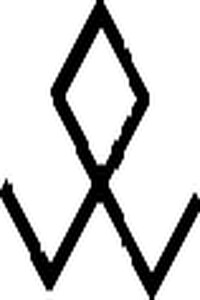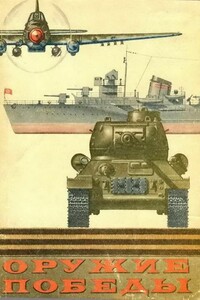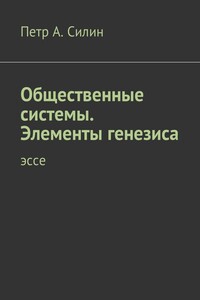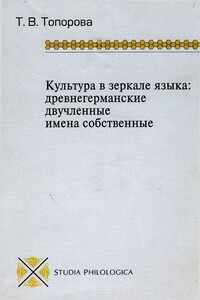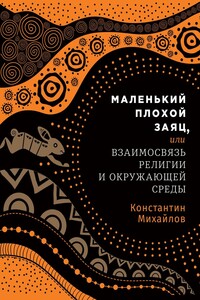132. Macfarlane, G. T. The control and consequences of bacterial fermentation in the human colon / G. T. Macfarlane // J. Appl. Bacteriol. – 1991. – № 70. – P. 443–459.
133. Leitch, E. C. Selective colonization of insoluble substrates by human faecal bacteria / E. C. Leitch, A. W. Walker, S. H. Duncan // Environ Microbiol. – 2007. – № 9. – P. 667–679.
134. Walker, A. W. The species composition of the human intestinal microbiota differs between particle-associated and liquid phase communities / A. W. Walker, S. H. Duncan, H. J. Harmsen et al. // Environ Microbiol. – 2008. – № 10. – P. 3275–3283.
135. Hopkins, M. J. Nondigestible oligosaccharides enhance bacterial colonization resistance against Clostridium difficile in vitro / M. J. Hopkins, G. T. Macfarlane // Appl. Environ Microbiol. – 2003. – № 69. – P. 1920–1927.
136. Lievin, V. Bifidobacterium strains from resident infant human gastrointestinal microflora exert antimicrobial activity / V. Lievin, I. Peiffer, S. Hudault et al. // Gut. – 2000. – № 47. – P. 646–652.
137. Servin AL. Antagonistic activities of lactobacilli and bifidobacteria against microbial pathogens / A. L. Servin // FEMS Microbiol. Rev. – 2004. – № 28. – P. 405–440.
138. Flint, H. J. Interactions and competition within the microbial community of the human colon: links between diet and health / H. J. Flint, S. H. Duncan, K. P. Scott et al. // Environ Microbiol. – 2007. – № 9. – P. 1101–1111.
139. Ley, R. E. Ecological and evolutionary forces shaping microbial diversity in the human intestine / R. E. Ley, D. A. Peterson, J. I. Gordon // Cell. – 2006. – № 124. – P. 837–8348.
140. Freter, R. Mechanisms that control bacterial populations in continuous-flow culture models of mouse large intestinal flora / R. Freter, H. Brickner, M. Botney et al. // Infect. Immun. – 1983. – № 39. – P. 676–685.
141. Wilson, K. H. Role of competition for nutrients in suppression ofClostridium difficileby the colonic microflora / K. H. Wilson, F. Perini // Infect. Immun1. – 988. – № 56. – P. 2610–2614.
142. Juge, N. Microbial adhesins to gastrointestinal mucus / N. Juge // Trends Microbiol. – 2012. – № 20. – P. 30–39.
143. Camilli, A. Bacterial small-molecule signaling pathways / A. Camilli, B. L. Bassler // Science. – 2006. – № 311. – P. 1113– 1116.
144. Gantois, I. Butyrate specifically down-regulates salmonella pathogenicity island 1 gene expression / I. Gantois, R. Ducatelle, F. Pasmans et al. // Appl. Environ Microbiol. – 2006. – № 72. – P. 946–949.
145. Monack, D. M. Persistent bacterial infections: the interface of the pathogen and the host immune system / D. M. Monack, A. Mueller, S. Falkow // Nat. Rev. Microbiol. – 2004. – № 2. – P. 747–765.
146. Macpherson, A. J. The immune geography of IgA induction and function / A. J. Macpherson, K. D. McCoy, F. E. Johansen // Mucosal Immunol. – 2008. – № 1. – P. 11–22.
147. Cherrington, C. A. Short-chain organic acids at pH 5.0 killEscherichia coliandSalmonellaspp. without causing membrane perturbation / C. A. Cherrington, M. Hinton, G. R. Pearson et al. // J. Appl. Bacteriol. – 1991. – № 70. – P. 161–165.
148. Duncan, S. H. The role of pH in determining the species composition of the human colonic microbiota / S. H. Duncan, P. Louis, J. M. Thomson et al. // Environ Microbiol. – 2009. – № 11. – P. 2112–2122.
149. Shin R. Influence of intestinal anaerobes and organic acids on the growth of enterohaemorrhagic Escherichia coliO157:H7 / R. Shin, M. Suzuki, Y. Morishita // J. Med. Microbiol. – 2002. – № 51. – P. 201–206.
150. Shin, R. Bifidobacterium animalissubsp.lactis fermented milk product reduces inflammation by altering a niche for colitogenic microbes / R. Shin // Proc. Natl. Acad. Sci USA. – 2010. – № 107. – P. 18132–18137.
151. Marteyn, B. Breathing life into pathogens: the influence of oxygen on bacterial virulence and host responses in the gastrointestinal tract / B. Marteyn, F. B. Scorza, P. J. Sansonetti et al. // Cell. Microbiol. – 2011. – № 13. – P. 171–176.
152. Altier, C. Genetic and environmental control of salmonella invasion / C. J. Altier // J. Microbiol. – 2005. – P. 85–92.

